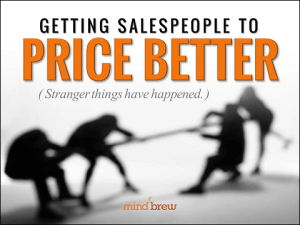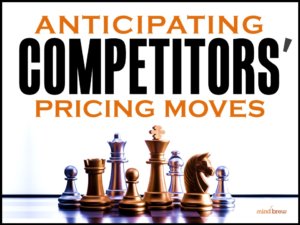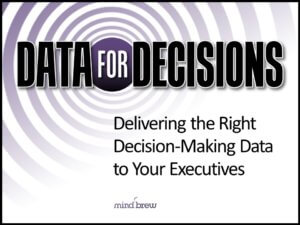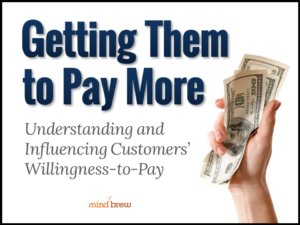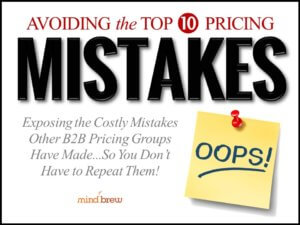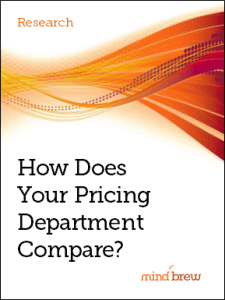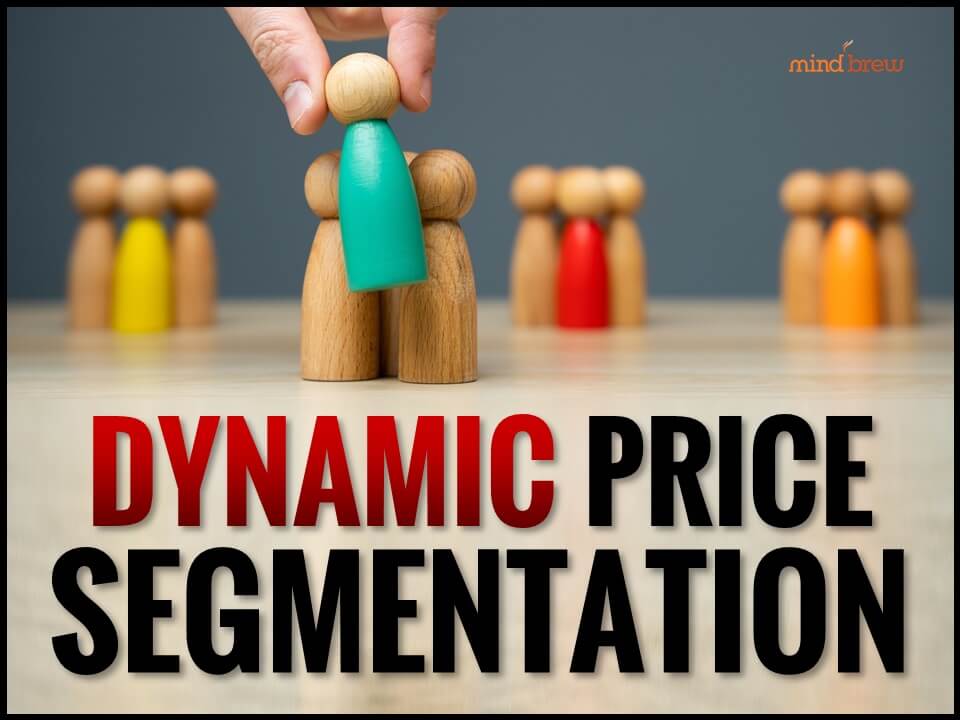There’s a story floating around the Internet that we like a lot as an example of a pricing concept. We have no idea if this story is true, but regardless, it illustrates an important point. The story goes like this:
Back in the early days of Disneyland, the clock on the Main Street Railroad Station served as official park time. The gates would open only when this particular clock showed the correct opening time for the day.
However, the clock started to lose a few minutes, as clocks do. People were complaining that the park was opening late, so management sent maintenance to check on it.
One worker climbed up a ladder to the clock tower, while the another went to a telephone within earshot, ready to call out the correct time. The guy on the telephone called the switchboard to ask what time it was. The switchboard operator then looked out the window at the station clock and told the maintenance worker what time it said — leading to an infinite loop of misinformation.
Pricing’s Infinite Loop
In a similar way, pricing sometimes relies on invalid points of reference, setting up a sort of echo chamber that reinforces erroneous assumptions. Here are some examples:
- Historical Pricing Benchmarks:Relying heavily on historical pricing models without considering current market dynamics can create a feedback loop. It disregards changes in customer demand, material costs, or competitor pricing (let alone what customers are willing to pay.) For help escaping this trap, check out The Fundamentals of Pricing Intelligence.
- Cost-Based Pricing: If pricing is solely based on the cost of goods sold plus a standard markup, you are probably leaving money on the table. In some circumstances, customers might be willing to pay much more than you are charging. We cover this concept in greater detail in The Fundamentals of Price Structure.
- Sales Team Bias: Feedback from the sales team can easily create an echo chamber when it comes to pricing decisions. Unless you have a well-structured incentive plan, salespeople are more likely to want their sales targets to be easier to achieve than to drive margin improvement. Find tips for avoiding this trap in Getting Your Salespeople to Price Better.
- Competitor Price Matching: Copying competitor prices without considering one’s unique value proposition can be myopic. This approach blindly assumes that competitors have set optimal prices and that their cost structures, market positioning, and customer profiles are identical, which is rarely the case. To learn how to use competitive information more wisely, check out Anticipating Competitors’ Pricing Moves.
- Executive Assumptions: Top-down pricing decisions made by leadership or executives without sufficient input from different departments, market data, or customer insights can reinforce outdated strategies that may no longer be effective. In short, your CEO’s opinion might not be right. We explain how to avoid this pitfall without directly challenging executives (and committing career suicide) in Delivering Data to Decision Makers.
- Customer Feedback Loops: While customer feedback is vital, relying too much on a vocal minority of customers for pricing feedback can skew perception (especially since they’re guaranteed to never ask that prices be higher). It’s far better to use their feedback as a measure of how well your value is perceived to identify opportunities for improvement. Watch Getting Them to Pay More for a smarter approach.
That Disneyland story seems quaint to us, in part, because clock and telephone technology has come so far. It’s unthinkable now that someone wouldn’t know exactly the right time.
In the same way, pricing technology is light years ahead of where it once was. Make sure you’re relying on the latest data and analytics rather than an outdated system that perpetuates misinformation and bad pricing.



